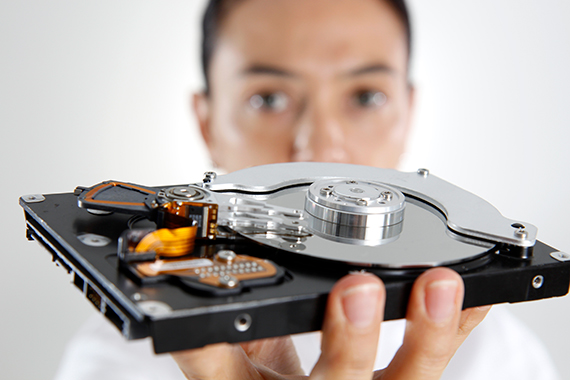Don’t Let Your Data Fall Into the Wrong Hands: Destroy Your Hard Drive the Right Way
With the proliferation of data storage devices like hard drives, cloud storage, and flash drives, it has become increasingly essential to protect our sensitive data, and this is perfect time to learn more about hard drive shredding. While it is easy to delete files or format a hard drive, these measures may not be enough to safeguard against data theft. Even if files are deleted, they can still be recovered by an experienced hacker.
The only way to ensure that data cannot be recovered from a hard drive is to destroy it. Physical destruction of the hard drive makes it exceptionally difficult to retrieve any information from it. Whether you’re a company trying to dispose of old hard drives or an individual looking to dispose of your old computer, it’s essential to understand the correct way to destroy a hard drive.

Destroy your Hard Drive with These Proven Methods
1. Physical Destruction – The most reliable way to destroy a hard drive is physical destruction. It’s advisable to disable the hard drive from the computer first before destroying it, thereby rendering it permanently inoperable. Commonly used methods of physical destruction include drilling holes through the drive, hammering it, or shredding it into pieces. Each method uses force to damage the platters or the magnetic disks in the hard drive, disrupting the data patterns irreparably.
2. Degaussing- This is a process where an electromagnetic field is generated, wiping out the magnetic field of the hard drive. This renders the hard drive unusable, and data stored on it cannot be recovered. Degaussing machines are specialized devices that produce an electromagnetic field to erase all data from the hard drive effectively. However, degaussing is a complex process that requires specialist knowledge and equipment.
3. Thermite Ignition – This is by far the most extreme way to destroy a hard drive. Thermite is a high-temperature chemical reaction used to melt metals. When ignited, it can reach over 2200 degrees Celsius, which is more than enough to liquefy the metal casing that surrounds the hard drive. It will melt through PCBs, hard disk drives, and other metal components while thoroughly destroying the data. This method is not recommended unless you have expertise in handling thermite.
In conclusion, destroying a hard drive does not have to be a daunting task. You can do it effectively by using any of the methods above. By destroying the hard drive, you’ll have peace of mind knowing that your sensitive data will no longer be a target for hackers or any other malicious actors. Choose whatever method you feel comfortable with, and get rid of your old hard drives today!

